Reverse Mortgages: Demystified
If you’ve ever caught a late-night commercial about reverse mortgages featuring a certain celebrity reassuringly smiling into the camera, you’ve probably wondered: What’s the deal with these things? Are they a lifeline for cash-strapped retirees or just a financial trickery in disguise? Let’s unravel the real facts about reverse mortgages.
What Is a Reverse Mortgage Anyway?
Think of a reverse mortgage as a photographic negative of your typical mortgage. Instead of paying the bank every month to chip away at a home loan, the bank pays you—provided you meet certain conditions. Yes, it sounds like magic, but it’s just financial wizardry.
Reverse mortgages are specifically designed for homeowners aged 62 and older who want to convert some of their home equity into cash. This can come in handy for everyday living expenses, medical costs, or maybe even that dream cruise to the Caribbean.
Here’s the kicker: You’re still responsible for property taxes, homeowners insurance, and maintaining the house. Neglect these, and the magical cash faucet could shut off—yikes!
A Brief History of Reverse Mortgages
The modern reverse mortgage has its roots in the 1960s when a Maine-based lender crafted a loan for a retired teacher. Fast forward to 1988, and President Reagan signed legislation authorizing the Federal Housing Administration (FHA) to insure reverse mortgages. Today, the Home Equity Conversion Mortgage (HECM) program, overseen by the U.S. Department of Housing and Urban Development (HUD), dominates the market.
HUD's backing ensures reverse mortgages follow strict rules, providing protections for borrowers. That’s a relief, right?
Who Are Reverse Mortgages For?
If you’re 62 or older, own your home (or have significant equity), and want to turn that equity into tax-free cash, a reverse mortgage could be for you. But let’s be clear—this isn’t Monopoly money. You’re effectively borrowing against your home, which reduces your equity and increases your loan balance over time.
Consider this option if:
You plan to stay in your home long-term.
You’re okay with your heirs possibly selling the home to settle the loan.
You’ve thought through alternatives like downsizing or a home equity loan.
If you’re thinking, "Hmm, I’m not sure if this is me," consult with a trusted financial advisor before diving in. Trust me, future-you will thank you.
How Do You Qualify?
Qualifying for a reverse mortgage isn’t exactly a walk in the park (more like a brisk hike with checkpoints).
1. Age: All borrowers must be 62 or older.
2. Homeownership: You need to own the property outright or have substantial equity.
3. Primary Residence: The home must be your primary dwelling. Vacation homes and rental properties? Nope.
4. Financial Assessment: Lenders will evaluate your ability to cover ongoing costs like taxes and insurance.
5. HUD Counseling: A mandatory counseling session ensures you fully understand the obligations and options.
According to the Consumer Financial Protection Bureau (CFPB), this counseling requirement protects seniors from jumping into something they don’t fully grasp.
Who Really Owns Your Home?
Here’s where some confusion bubbles up. With a reverse mortgage, YOU remain the homeowner. However, the lender places a lien on the property to secure repayment. As long as you meet the terms—living in the home, maintaining it, and paying property-related costs—it’s yours to keep. Just don’t forget: if the loan balance exceeds the home’s value, FHA insurance steps in, ensuring lenders don’t come after your other assets. Phew!
A Few "Gotchas"
Reverse mortgages aren’t without their quirks (and risks). Consider these:
Costs: Closing costs, servicing fees, and mortgage insurance premiums can add up.
Heirs’ Dilemma: When the borrower passes away, heirs must repay the loan to keep the house. This usually means selling it.
Non-Borrowing Spouses: If one spouse is under 62, the situation can get tricky. Thankfully, newer regulations protect some non-borrowing spouses from eviction.
Don’t Take My Word for It…
According to HUD, as of 2023, over a million Americans have turned to reverse mortgages for financial flexibility in their golden years. Meanwhile, the CFPB emphasizes caution, urging potential borrowers to thoroughly understand terms and alternatives. As they say, “Informed decisions are better decisions.” (Okay, no one actually says that, but it’s true.)
Wrapping It Up (And Sending It to Your Future Self)
A reverse mortgage can be a helpful financial tool—a way to tap into the wealth you’ve built over the years without leaving your beloved home. But it’s no one-size-fits-all solution. Understand the rules, weigh the costs, and maybe even chat with a professional (or two).
Because at the end of the day, the more you know, the fewer late-night TV pitches you’ll fall for. Now, go forth and conquer your financial future, wise homeowner!


